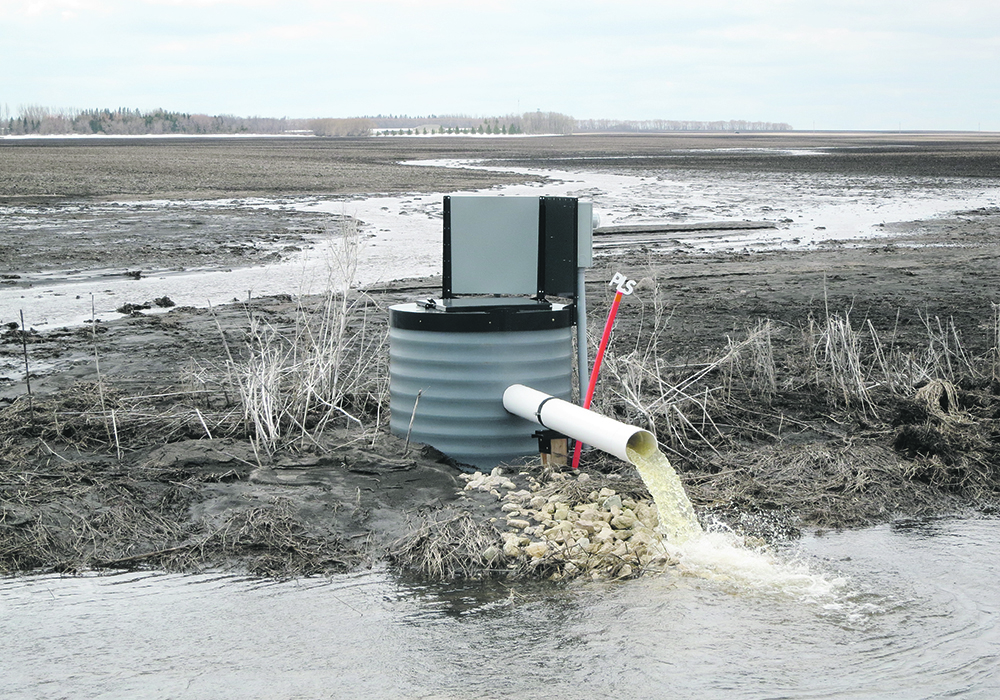Farmers in dozens of Manitoba municipalities are facing nightmares when they try to get seeding equipment to their fields.
Hundreds of roads are washed out, bridges have been undermined and much of the rural infrastructure that lets producers get to their scattered fields is in tatters.
“How do you prepare for something like this?” said Brad Saluk, a farmer, the reeve of the Rural Municipality of Brokenhead, and a vice-president of the Association of Manitoba Municipalities.
“I don’t know how some of these roads (in the worst-hit areas) can be fixed to get seeding equipment in there.”
Read Also

Anti-separatist movement targets rural Alberta
Former deputy premier Thomas Lukaszuk’s anti-separatism Alberta Forever Canada petition campaign expects to run full steam ahead into the province’s farming regions
Two dozen municipalities have declared states of emergency as roads, highways and bridges continue to be battered by the string of storms that hit in late April and early May. Floodwaters have spilled out of creeks and rivers, while overland flooding has placed thousands of square kilometres of farmland underwater right when farmers should be out seeding.
On May 15, Manitoba Premier Heather Stefanson and opposition leader Wab Kinew flew over the flood zone.
“There’s a lot of water on those farm lands and everything else down in that area, so there’s going to be… more discussions after this with respect to… some of the challenges that those farmers are going to be facing,” said Stefanson after the aerial tour.
After the 1997 “flood of the century,” much municipal infrastructure was improved to withstand floods like that of 1997, which was seen as an unlikely event to recur.
“I was working in the 1997 flood,” said Saluk.
“I saw the miles and miles of water. It seems like a replay.”
Saluk considers himself and his municipality lucky. They missed the worst of the rainfall and blizzard and can fix their roads before seeding is far advanced.
“We’re pretty lucky we don’t have any major damage,” he said.Major parts of the southern Red River Valley and southwestern Manitoba weren’t so lucky and took the full impact of the storms.
The much-delayed seeding this year is giving road crews a chance to catch up with repairs in areas that aren’t devastated. But for areas underwater, or with many severed roads, not everything can get done soon.
The Ethelbert area received about 100 millimetres of rain and has washouts and breaks in 49 of its 75 municipal roads.
“It’s going to take all season” to fix, said Saluk.
The 1997 flood was something many thought of as a once-in-a-lifetime disaster, but in some areas, this spring flooding has been just as profound.
“I never expected to see this again,” said Saluk.
“But I never expected to see a pandemic and all this other stuff we have to deal with either.”
















